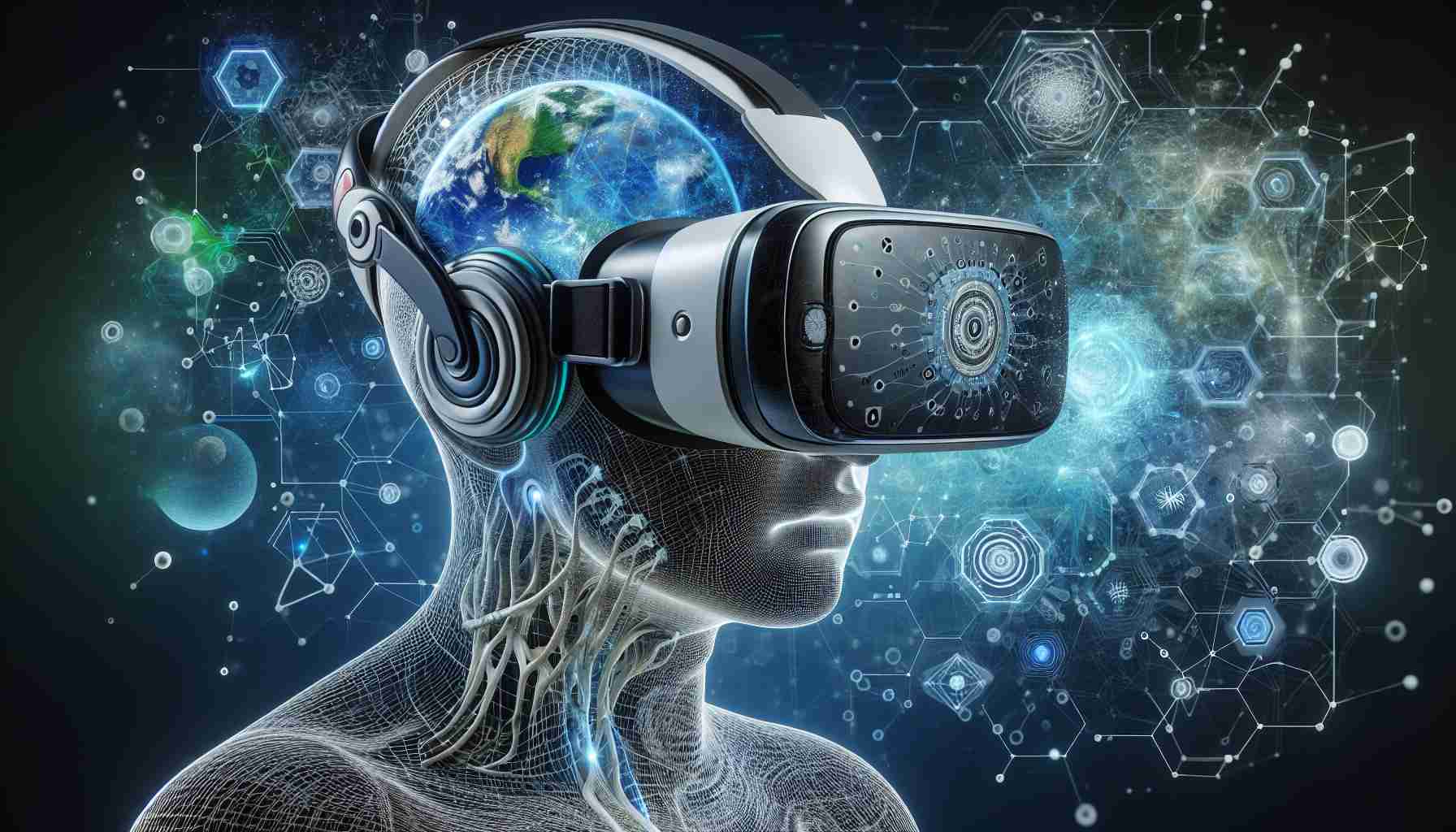Years of anticipation have finally come to fruition with the release of Apple Vision Pro (AVP), marking a new era in mixed reality technology. While virtual and augmented reality have long been discussed, AVP presents a novel approach that is poised to make a significant impact in both consumer and enterprise domains.
Unlike traditional terms like “augmented reality” or “virtual reality,” Apple defines AVP as computer spatial or mixed reality. By introducing this new categorization, Apple aims to pave the way for innovative applications in various industries. Notably, leading organizations such as Walmart, Nike, Vanguard, Stryker, Bloomberg, and SAP have already embraced AVP, recognizing its potential to provide unique spatial computing experiences to their customers and employees.
The benefits of AVP extend beyond consumer use cases like gaming, media consumption, and web browsing. Enterprises are quickly identifying the possibilities for increased productivity through daily tasks, collaborative product design, and intensive training. The ability to utilize the infinite desktop feature, which offers vast workspace and allows users to open multiple programs simultaneously, has the potential to revolutionize workflow efficiency. However, content creation capabilities on these devices still need to be explored.
To seamlessly integrate AVP into users’ technological ecosystem, Apple ensures compatibility with existing applications on macOS and iOS. With a stunning visual experience optimized for AVP, users can easily navigate through a wide range of apps, including Safari, Photos, Messages, and Mail. The user-friendly interface allows for effortless selection by simply directing gaze towards the desired app’s icon, which lights up upon focus and can be chosen with a simple pinching gesture.
What sets AVP apart from its predecessors is its ability to offer transparency, even when worn. Apple intentionally designed AVP to enable users to see the world around them while minimizing the distinction between virtual reality and real-life environments. This breakthrough feature is expected to redefine the user experience and spark the development of entirely new applications.
Steve Sinclair, a member of Apple’s global product marketing team for Vision Pro, highlights the potential for AVP to revolutionize software interaction. This spatial computer opens up new possibilities for information display, creating a seamless blend between the digital and physical worlds. The significance is not limited to consumers alone but extends into the realm of business.
According to a survey conducted by IDC, over 400 IT managers in the United States expressed diverse opinions on AVP’s potential applications. Approximately 56% of respondents saw potential in training programs, while 44% believed AVP could enhance customer sales and collaboration experiences. Notably, none of these applications focused on content creation, suggesting that further exploration is necessary in this area.
Ramon Llamas, an analyst at IDC, acknowledges the prevalence of field service, training, and customer experiences as the primary areas where AVP is expected to excel. These findings align with Steve Sinclair’s assertions and underscore the unique advantages AVP brings to enterprise operations.
Recently, Apple announced that AVP falls within the scope of Apple’s device management, making it an attractive option for IT operations. This designation positions AVP as a manageable business device, comparable to other Apple products.
With a starting price of $3,500, some may question whether enterprises will embrace AVP. Jon Turow, a partner at Madrona Ventures, asserts that Apple’s pricing strategy is customary for new product introductions. Over time, Apple typically refines features, approaches, and pricing, often introducing new versions at varying price points.
An IDC survey, which involved over 400 IT professionals, demonstrates that Jon Turow’s claims hold weight. Around 65% of respondents expressed interest in a device similar to AVP, with half of them indicating their definite intention to purchase. The remaining respondents displayed curiosity and keen interest.
Notably, AVP stands out among competing devices due to its superior eye-tracking capabilities. This feature, combined with the seamless integration of macOS and iOS, positions AVP at the forefront of mixed reality technology.
While AVP offers substantial advantages, challenges remain. One notable concern is the device’s dependency on a battery, which can be inconvenient and a potential point of weakness. However, industry experts anticipate that Apple will address this limitation in future iterations, optimizing power usage and exploring alternative energy solutions.
자주 묻는 질문 (FAQ): Apple Vision Pro (AVP)
1. Apple은 Apple Vision Pro를 어떻게 정의합니까?
Apple은 Apple Vision Pro를 컴퓨터 공간 또는 혼합 현실 기술로 정의합니다.
2. AVP의 비즈니스 응용 분야는 무엇입니까?
AVP에는 일상 생산성, 공동 제품 디자인, 집중적인 훈련 등 다양한 비즈니스 응용 분야가 있습니다.
3. 어떤 조직들이 AVP를 사용하고 있습니까?
Walmart, Nike, Vanguard, Stryker, Bloomberg, SAP 등의 기업들이 AVP를 도입하고 있으며, 고객과 직원에게 혁신적인 공간 컴퓨팅 경험을 제공하는 새로운 플랫폼으로 활용하고 있습니다.
4. AVP는 콘텐츠 창작에 적합한가요?
AVP가 콘텐츠 창작에 적합한지에 대한 문제는 아직 논란이 남아 있습니다.
5. AVP의 사용자 인터페이스는 어떻게 되나요?
AVP는 Safari, Photos, Messages, Mail 등 Apple 앱과 유사한 사용자 인터페이스를 제공합니다.
6. AVP는 내 외부를 모두 볼 수 있나요?
AVP는 착용 중에도 외부를 시야로 확인할 수 있는 투명성을 제공합니다. 이로써 가상현실과 현실 환경 간의 구분을 최소화하고 사용자 경험을 혁신할 것으로 예상됩니다.
The source of the article is from the blog aovotice.cz
